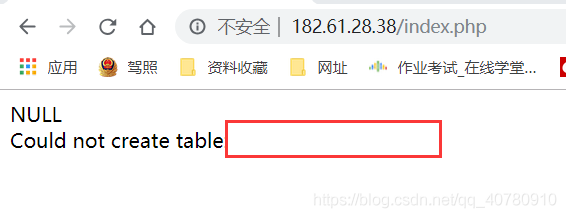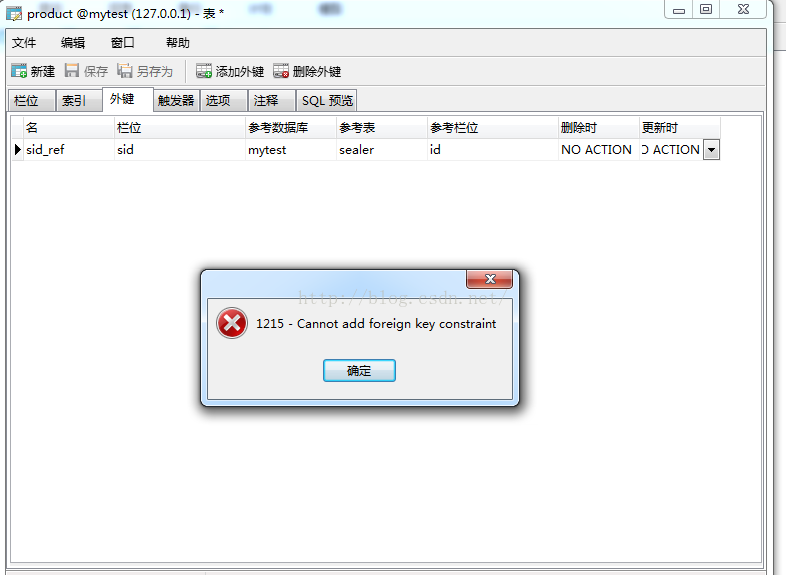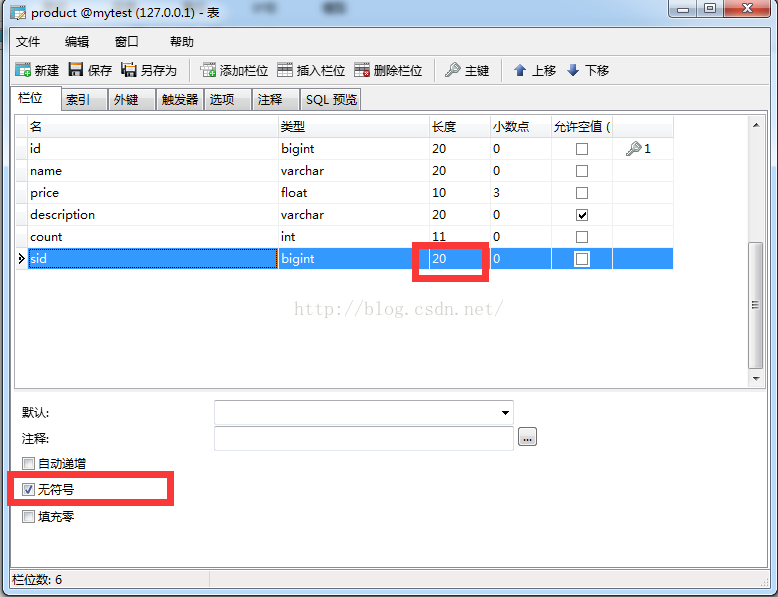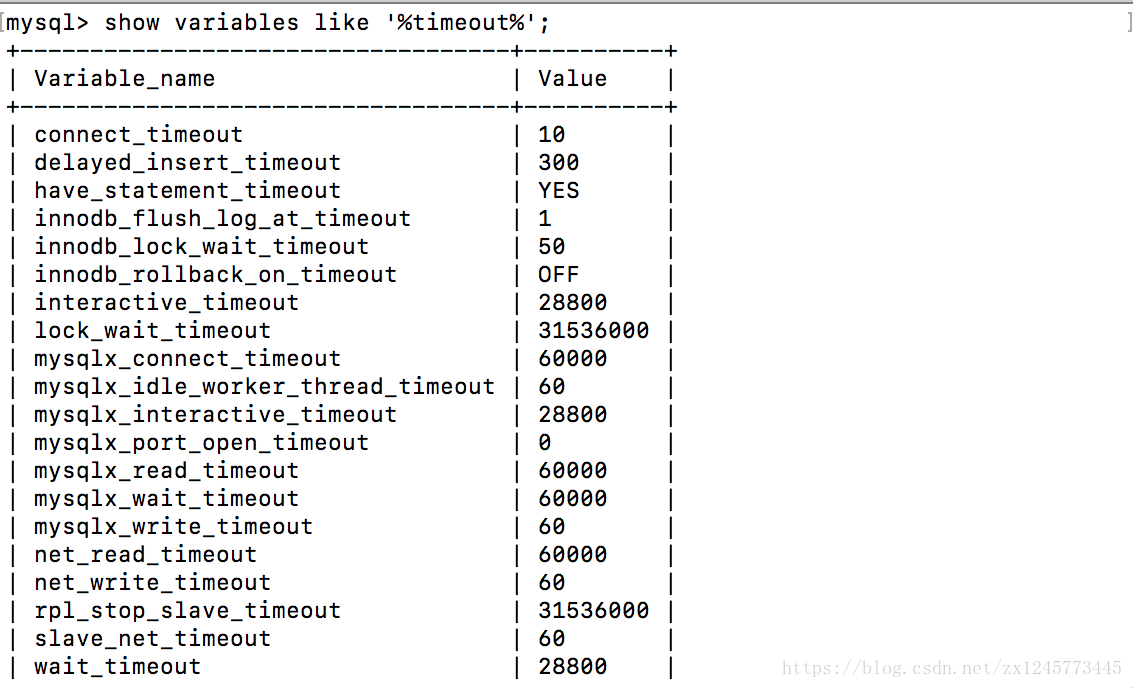Problem: Normally, executing the Rebuild Index will be completed quickly, but today I encountered the Job of Rebuild Index Running all the time. Manually Rebuild, again failing, report “Lock Request Time out Period Exceeded. (Microsoft SQL Server, Error: 1222)”, as shown below:

Solution:
Look at the SPID and SQL Text of the current Running, especially for long-running ones, find the SPID associated with the tables that execute Rebuild Index, and KILL it. What I currently have is an SQL that has been running for hours, and after killing the SPID, it can Rebuild Index properly.
SELECT r.session_id, r.status, r.start_time, r.command, s.text, r.wait_time, r.cpu_time,
r.total_elapsed_time, r.reads, r.writes, r.logical_reads, r.transaction_isolation_level
FROM sys.dm_exec_requests r
CROSS APPLY sys.dm_exec_sql_text(r.sql_handle) s
WHERE R.STATUS='running'
In addition, you can check the information related to Lock:
select distinct object_name(a.rsc_objid), a.req_spid, b.loginame
from master.dbo.syslockinfo a (nolock) join
master.dbo.sysprocesses b (nolock) on a.req_spid=b.spid
where object_name(a.rsc_objid) is not null
View the specified SPID
USE master;
GO
EXEC sp_who '267' --process_id;
GO
For more detailed information:
DECLARE @SessionID INT=63
SELECT
SPID = er.session_id
,Status = ses.status
,[Login] = ses.login_name
,Host = ses.host_name
,BlkBy = er.blocking_session_id
,DBName =DB_Name(er.database_id)
,CommandType = er.command
,SQLStatement = st.text
,ObjectName =OBJECT_NAME(st.objectid)
,ElapsedMS = er.total_elapsed_time
,CPUTime = er.cpu_time
,IOReads = er.logical_reads + er.reads
,IOWrites = er.writes
,LastWaitType = er.last_wait_type
,StartTime = er.start_time
,Protocol = con.net_transport
,ConnectionWrites = con.num_writes
,ConnectionReads = con.num_reads
,ClientAddress = con.client_net_address
,Authentication = con.auth_scheme
FROM sys.dm_exec_requests er
OUTER APPLY sys.dm_exec_sql_text(er.sql_handle) st
LEFT JOIN sys.dm_exec_sessions ses
ON ses.session_id = er.session_id
LEFT JOIN sys.dm_exec_connections con
ON con.session_id = ses.session_id
WHERE er.session_id > 50
AND @SessionID IS NULL OR er.session_id = @SessionID
ORDER BY
er.blocking_session_id DESC
,er.session_id






 The second method is modified in /etc/my.cnf. This method will not revert to the default value after MySQL is restarted. I have extended the timeout, but the program still ends at 30s.
The second method is modified in /etc/my.cnf. This method will not revert to the default value after MySQL is restarted. I have extended the timeout, but the program still ends at 30s.

